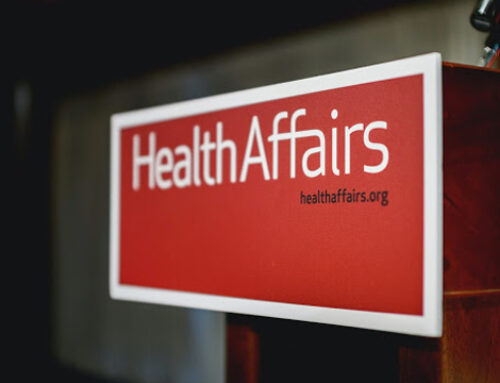CENTER UPDATE | August 2023
In this Issue:
- V-BID Center Infographic: Clinical and Equity Implications of Braidwood v. Becerra
- Limited Upside for Employers to Resume Cost-Sharing on Preventive Services
- Diverse Group of HCOs Support Government’s Effort to Reverse Braidwood v. Becerra
- Patients May Miss Out on Free Coverage of Cancer Screenings and Vaccinations
- Better Care Associated with Medicaid Expansion
- Few Aware of Medicare Drug-Price Provisions Included in Last Year’s IRA
- Insulin Fills by Medicare Enrollees and Out-of-Pocket Caps Under the IRA
- The Impact of Expanding Pre-Deductible Coverage in HSA-Eligible Health Plans
- Identifying the Best Approach to Cover Chronic Care with HSAs
- Impact of HDHPs on Mental Health and Substance Use Disorder Treatments
- Recent State and Federal Policies to Increase Opioid Use Disorder Treatment Access
- How Medication Adherence Can Be a Lever for Improved Health Equity
- Breast Cancer Overdiagnosis is Common Among Older Women
- Pandemic Slowed Cancer Diagnoses, but Late-Stage Cancers Came Back
- Seniors’ Medical Debt Soars to $54 Billion in Unpaid Bills
- Covered California to Cut Patient Costs


V-BID Center Infographic: Clinical and Equity Implications of Braidwood v. Becerra
View our new infographic to learn about the potential impact of Braidwood v. Becerra on clinical outcomes and health equity. This follows our recent brief on the same topic. If the ruling is upheld, and cost-sharing is required, enrollees using preventive services may face a substantial increase in their individual out-of-pocket costs, but would have a minimal impact on overall health care spending. Moreover, imposing cost-sharing is likely to reverse the progress made by the preventive service provision and the intensifying efforts to reduce socioeconomic, racial, and LGBTQ+ health disparities.

Limited Upside for Employers to Resume Cost-Sharing on Preventive Services
A new infographic from EBRI contends that if Braidwood v. Becerra stands, employers could start imposing cost-sharing for select preventive services and medications. Enrollees utilizing these services could face a substantial increase in their personal out-of-pocket spending. EBRI reviews the financial impact of these possible changes for employers and employees.
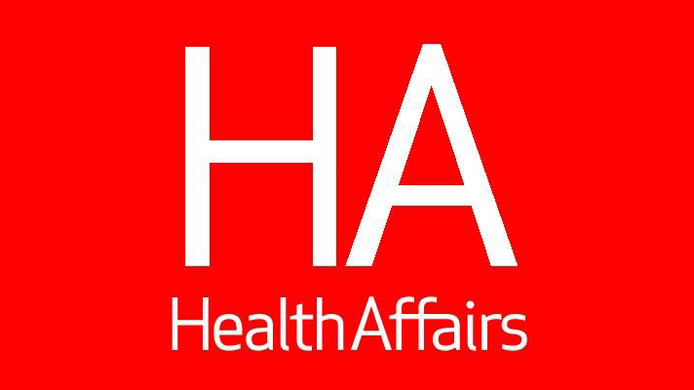
Diverse Group of HCOs Support Government’s Effort to Reverse Braidwood v. Becerra Decision
The legal battle over the Affordable Care Act’s (ACA) requirement for insurers and employers to cover preventive services without cost-sharing is now in the federal Court of Appeals for the Fifth Circuit. The government’s appeal argues that the USPSTF recommendations were effectively ratified by the HHS Secretary and proposes severing parts of the law to address the constitutional concerns. Numerous organizations and groups have filed amicus briefs in support of the government, emphasizing the potential harm and disruption caused by the lower court’s decision to public health and healthcare access.

Patients May Miss Out on Free Coverage of Cancer Screenings and Vaccinations
A new report from the National Association of Insurance Commissioners and Georgians for a Healthy Future shows that health insurers are not effectively informing consumers about their entitlement to cost-free preventive services, potentially hindering access to crucial screenings and care. The Affordable Care Act mandates that most private insurers offer a range of preventive services without additional charges. The report recommends that state regulators allocate more resources to reviewing claims data and consider passing their own legislation to ensure free preventive coverage, particularly in light of legal challenges to the ACA.

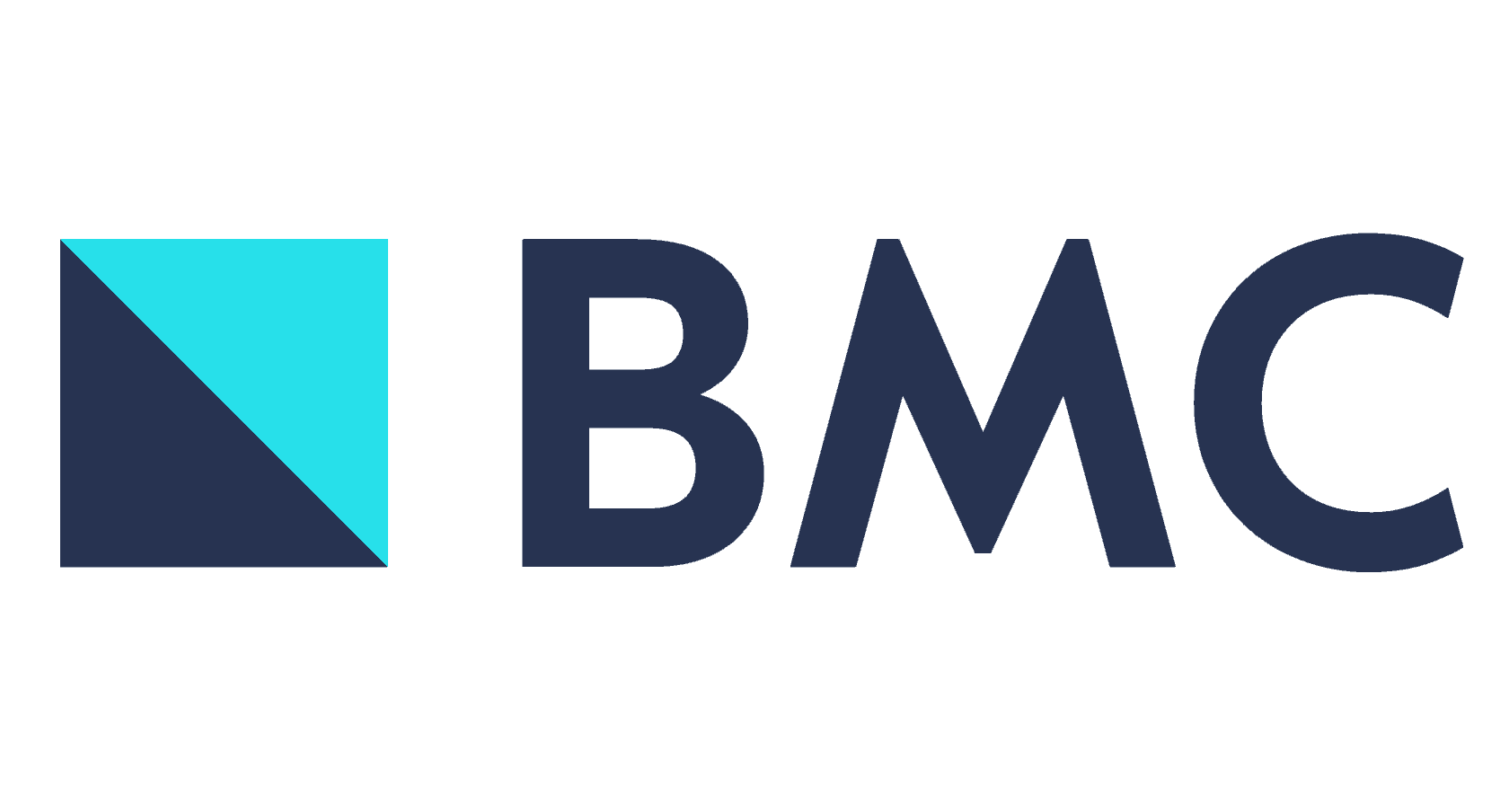
Better Care Associated with Medicaid Expansion
According to an analysis published in BMC Health Services Research journal, notable improvements in care for low-income individuals with heart failure, coronary artery disease, heart rhythm disorders, and cerebrovascular disease are seen when eligibility for Medicaid expands. The researchers compared data from five states that did not widen eligibility with data from eight states that did, and they found noteworthy increases in both Medicaid visits and new Medicaid visits – as well as an increase in the likelihood of receiving high-value therapies or prescriptions – among people who gained coverage under an expansion.
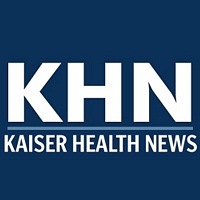
Few Aware of Medicare Drug-Price Provisions Included in Last Year’s Inflation Reduction Act
A recent KFF Health Tracking Poll reveals that many people are unaware of provisions within the Inflation Reduction Act aimed at reducing prescription drug costs in Medicare, with limited awareness among different age groups. Only 25% of respondents are aware of the law’s requirement for the government to negotiate drug prices for Medicare beneficiaries, cap insulin costs, and establish an annual limit on out-of-pocket drug expenses. The survey also reveals that a significant portion of adults find it difficult to afford prescription drugs (28%), and about 31% did not adhere to their prescribed medications due to cost. 73% of the public believes that there is insufficient regulation of prescription drug prices.
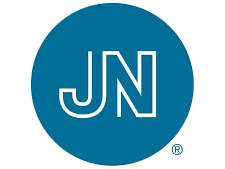
Insulin Fills by Medicare Enrollees and Out-of-Pocket Caps Under the Inflation Reduction Act
A recent op-ed calls for the removal of cost-sharing, including deductibles and copays, for patients with cancer. While cancer death rates have declined by 27% over the past 20 years, high costs of treatment create financial toxicity for patients. The average cost of medical care and drugs is more than $42,000 in the year following a cancer diagnosis.


The Impact of Expanding Pre-Deductible Coverage in HSA-Eligible Health Plans on Employee Choice of Health Plan and Cost-Sharing
An EBRI issue brief shows a shift in cost-sharing from deductibles to copayments and coinsurance among enrollees in HSA-eligible health plans for a number of services impacted by IRS Notice 2019-45. Enrollment in HSA-eligible health plans among individuals with health conditions impacted by the IRS notice does not appear to have changed, as it was already trending in the direction of higher enrollment among individuals with health conditions prior to the issue of the notice.

Identifying the Best Approach to Cover Chronic Care with HSAs
A recent article examines the challenges and benefits of approaches to expanding coverage for chronic conditions and emphasizes the importance of adding flexibility to HSA-qualified plan designs to address rising healthcare costs for patients. These efforts include regulatory expansion, prescriptive plan design expansion through the Chronic Disease Management Act, defining HSA-qualified plans by actuarial value, and decoupling HSAs from underlying medical plans.
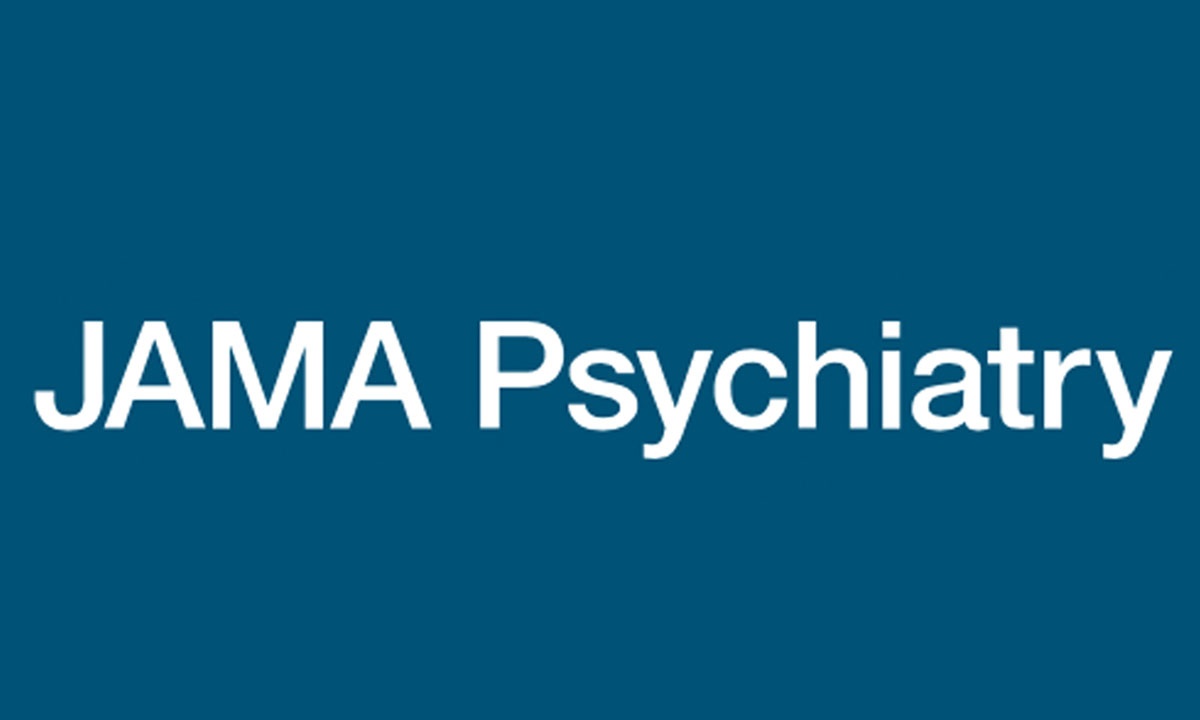
Impact of HDHPs on Mental Health and Substance Use Disorder Treatments
Recent studies have shown nuanced effects in healthcare spending due to cost-sharing, especially concerning individuals with mental health disorders and substance use disorder (SUDs). Several 2022 investigations reveal that HDHPs can lead to reduced spending on SUD treatment, potentially exacerbating undertreatment issues. The article emphasizes the need for tailored approaches, increased access to medication-based treatments, provider network improvements, and regulatory actions to mitigate the complex impact of HDHPs on mental health and SUD care.

Recent State and Federal Policies to Increase Opioid Use Disorder Treatment Access
Research shows that only about a third of adults with opioid use disorder received any type of treatment for substance use, and only 1 in 5 received medication to treat the disorder. Federal and state-level policies aim to improve access to medications used to treat opioid use disorder (MOUD), increase the supply of MOUD providers and state-level initiatives that mandate coverage of FDA-approved MOUD, reduce cost-sharing, and ease utilization management techniques. High-deductible health plans (HDHPs) and insurance-related barriers post challenges to treatment, emphasizing the importance of expanding access to evidence-based treatment for people with opioid use disorder.

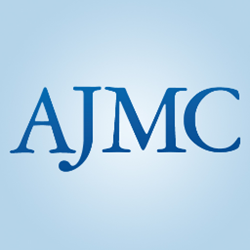
How Medication Adherence Can Be a Lever for Improved Health Equity
An AJMC article contends that Medicare Advantage (MA) health plans can enhance equity and value by addressing socioeconomic barriers to medication adherence. The Quintuple Aim of Healthcare includes health equity as a fundamental pillar, and CMS has introduced a Health Equity Index (HEI) measure into the MA Star Ratings to prioritize health equity in quality improvement efforts. Improving medication adherence can align with each component of the Quintuple Aim: better patient outcomes, reduced healthcare spending, improved patient experiences, better provider experiences, and enhanced health equity.


Breast Cancer Overdiagnosis is Common Among Older Women
Research published in Annals of Internal Medicine found that overdiagnosis of breast cancer, or diagnosis of cancers that never would have caused symptoms or posed a threat to health, was common among American women ages 70 to 85 who chose to undergo a mammogram, increasing their risk for unnecessary treatment. Researchers examined data from 54,635 U.S. women ages 70 and older, and they found overdiagnosis increased with age, with women ages 85 and older more likely to be overdiagnosed than those ages 70 to 84.

Pandemic Slowed Cancer Diagnoses, but Late-Stage Cancers Came Back With a Vengeance
A national comprehensive study examined 70% of all cancers in the U.S. and found that disruptions in care during the pandemic resulted in delayed and advanced cancer diagnoses. Early-stage cancer diagnoses decreased by nearly 20% during the initial year of the COVID-19 pandemic, leading to an increase in diagnoses of deadly metastatic disease across various cancer types. Patients were more likely to be diagnosed with stage 4 cancer, which has significant implications for patient outcomes and healthcare costs. The study emphasizes the need to address disparities in access to care and suggests potential strategies such as telemedicine, home-based testing, mobile screening programs, and community-based interventions to improve cancer screening rates and reduce advanced stage diagnoses.


Seniors’ Medical Debt Soars to $54 Billion in Unpaid Bills
Even though 98% of seniors have insurance, nearly 4 million reported unpaid medical bills in 2020. The report from the Consumer Financial Protection Bureau reveals that medical debt among seniors increased from $44.8 billion in 2019 to $53.8 billion in 2020, despite lower doctor visits and out-of-pocket costs. Low-income seniors are disproportionately affected, often billed for amounts they don’t owe, highlighting the need for better oversight and corrections in billing practices. According to a Commonwealth Fund survey, more than two of five low-income older adults with employer coverage reported difficulties paying medical bills and medical debt, and nearly half reported skipping or delaying needed care due to cost.

Covered California to Cut Patient Costs
California’s health insurance exchange, Covered California, plans to eliminate hospital deductibles up to $5,400, lower primary care visit copays from $50 to $35, and reduce the cost of generic drugs from $19 to $15. Although inflation is causing a nearly 10% average increase in annual premium rates on participating health plans next year, this effort marks California’s significant push to reduce out-of-pocket costs for enrollees struggling with healthcare expenses.
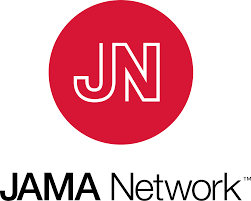
Unintended Consequences and Policy Opportunities of Out-of-Pocket Cost Caps
A JAMA Viewpoint discusses potential unintended consequences of policies capping co-payments for certain high-value services such as preventive services, vaccines, and insulin. While the legislative response aims to enhance health care access and quality, uniform out-of-pocket caps can disproportionately burden lower-income populations while contributing to price inflation. Policy opportunities to address these issues include means- or income-based premiums and cost-sharing levels, as well as eligibility-based out-of-pocket caps to minimize financial burdens and mitigate price inflation.
Please Help Support the V-BID Center
As we near the end of 2022, we recognize our accomplishments over the past year and look ahead to all we can achieve at the University of Michigan Center for Value-Based Insurance Design. Generosity from collaborators and friends like you allows us to remain focused on equity enhancing programs that improve access and affordability to essential clinical services
You will play an essential role in the future success of the V-BID Center by making a gift today. Thank you for your support.






